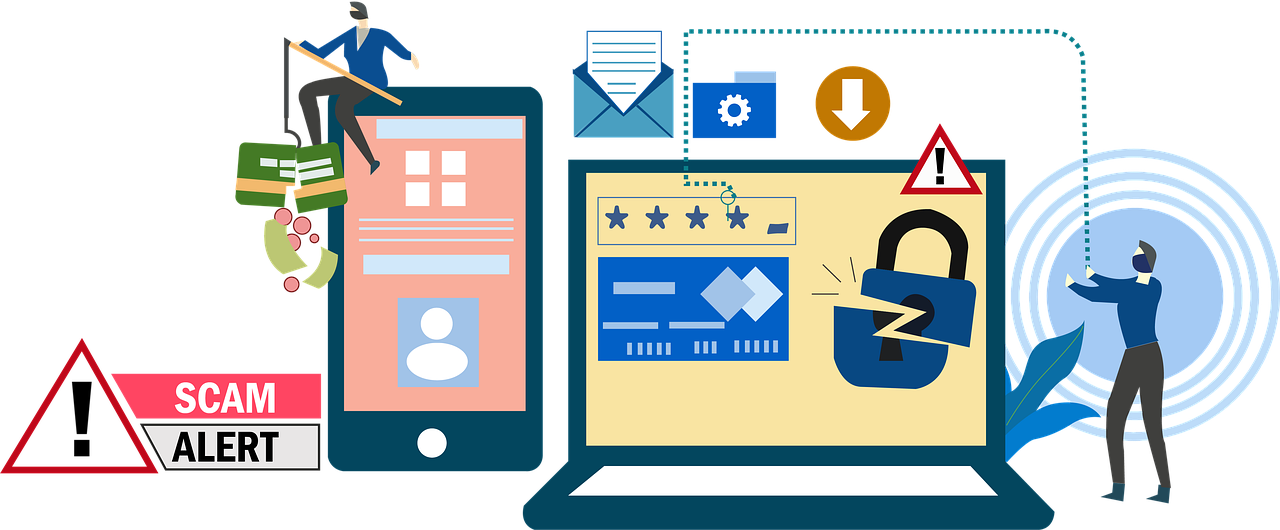Be Aware of Tax Fraud Schemes During Filing Season


By Mark Sipos, LFG Tax Director
Tax season is here, and with it are scammers looking for their next victim. Scammers mislead you about tax refunds, credits, and payments, so it’s important to be aware of what their scams can look like.
Common schemes
Scammers are always changing their tactics in hopes of exploiting you. There are a flurry of deceptive schemes that pop up and this year will be no different. Recently, the IRS has seen scammers do the following:
- Request gift cards over the phone through a government impersonation scam or by sending a text message, email or social media message. Remember, the IRS never asks for or accepts gift cards as payment for a tax bill.
- Pose as an IRS agent and call the taxpayer or leave a pre-recorded voicemail stating they are linked to some criminal activity.
- Threaten or harass the taxpayer by telling them that they must pay a fictitious tax penalty.
- Instruct the taxpayer to buy gift cards from various stores.
- Pressure the taxpayer to buy gift cards, then ask the taxpayer to provide the gift card number and PIN.
To verify it’s the IRS, go to IRS.gov and verify the form or visit the Let Us Help You page to verify tax information with self-service options.
Know who’s calling
If the IRS does need to contact you, they will typically contact you the first time through regular U.S. mail delivered by the USPS. The IRS doesn't initiate contact with taxpayers by email, text messages, or social media channels to request personal or financial information. If you did receive a letter or notice, here's how taxpayers can tell it's really the IRS. Keep in mind, the IRS will never:
- Call for immediate payment using a specific payment method such as a gift card, prepaid debit card or over social media.
- Demand a taxpayer pay “or else.”
- Threaten to bring in law enforcement or immigration officers to have the taxpayer arrested for not paying.
- Take a taxpayers citizenship status, driver’s license or business license.
Identity theft actions
If you were a victim of a scam, take steps to limit damage and protect yourself from further loss. Any taxpayer who suspects they’ve been the victim of a scammer should:
- Visit Identity Theft Central page of IRS.gov for next steps.
- Contact the Treasury Inspector General for Tax Administration to report a phone scam and use their IRS Impersonation Scam Reporting webpage or call 800-366-4484.
- Report phone scams to the Federal Trade Commission with the FTC Complaint Assistant on FTC.gov and add "IRS phone scam" in the notes.
Staying vigilant during tax season is crucial to protecting yourself from fraud. Scammers are constantly evolving their tactics, but by recognizing the warning signs and knowing how the IRS communicates, you can avoid falling victim to these schemes.


 Virteom
Virteom